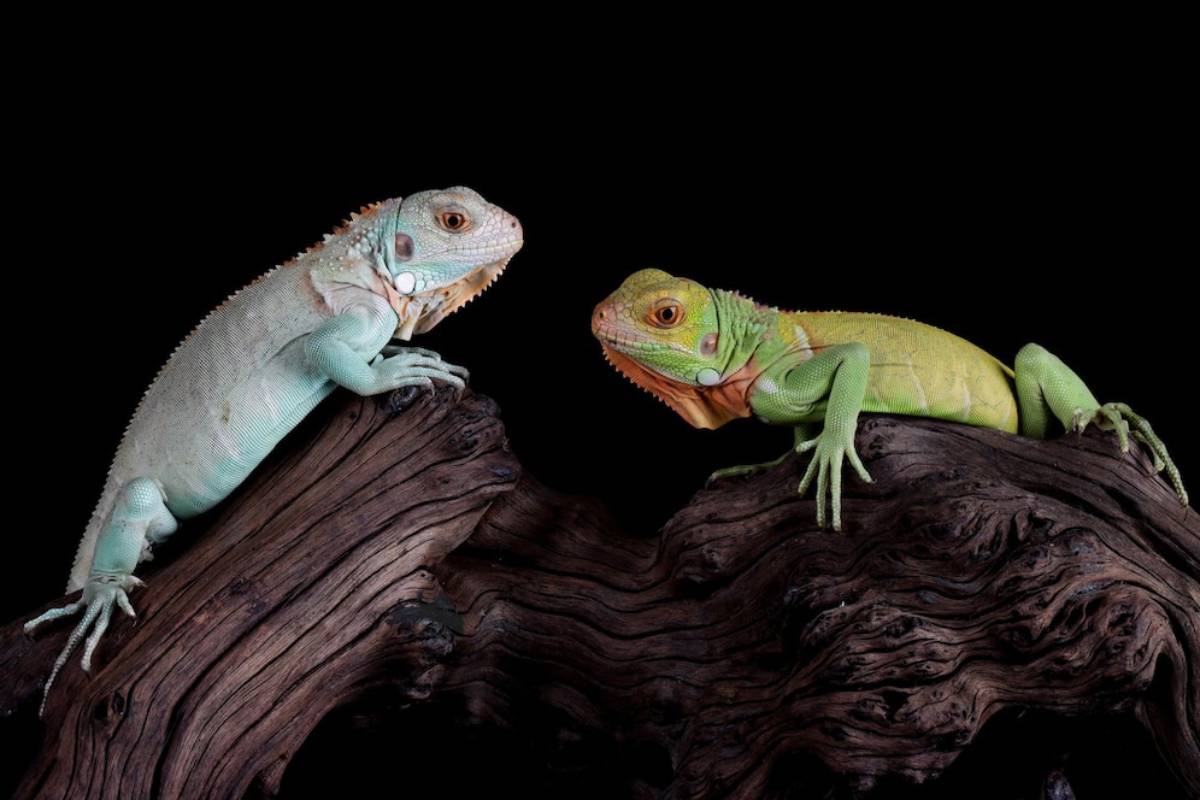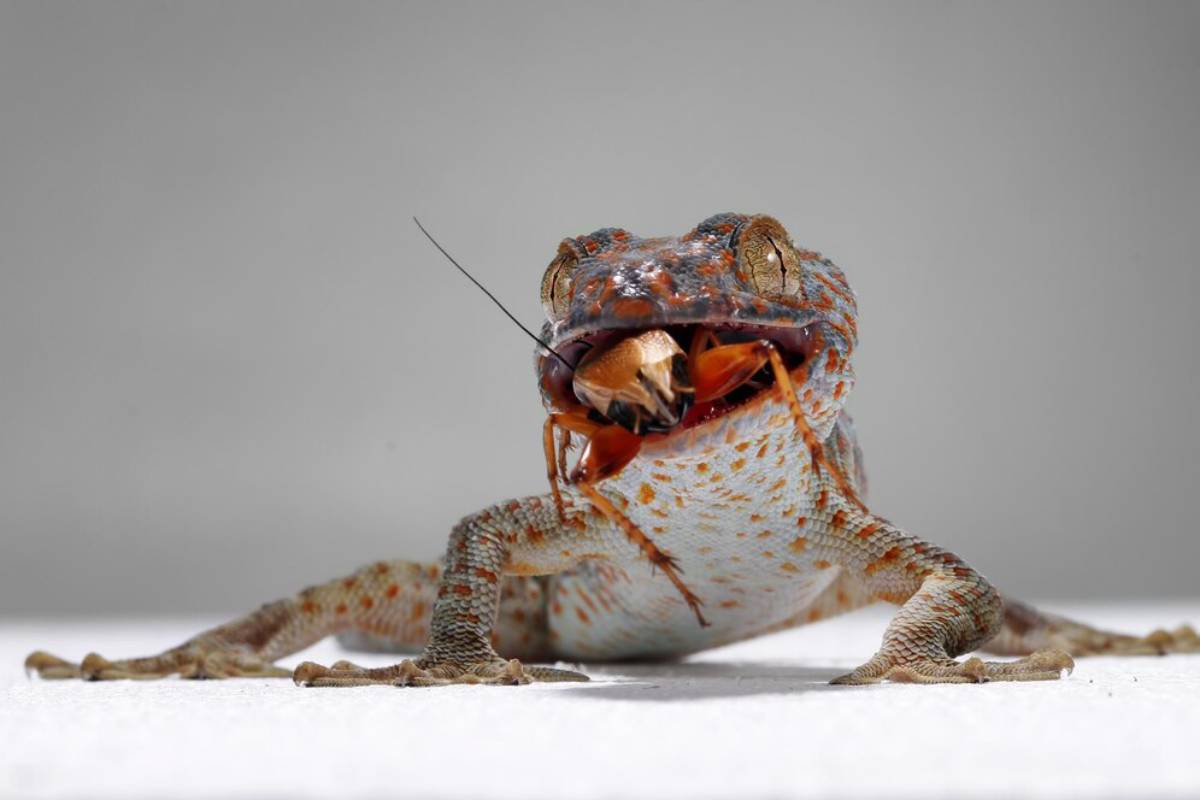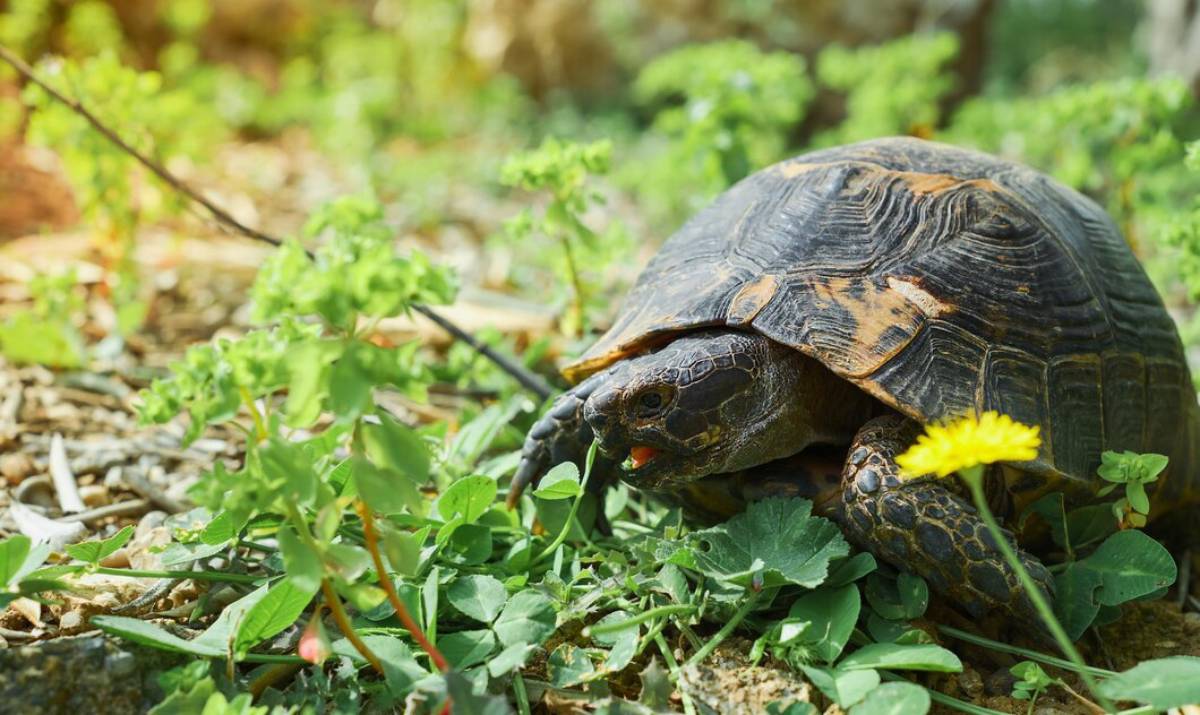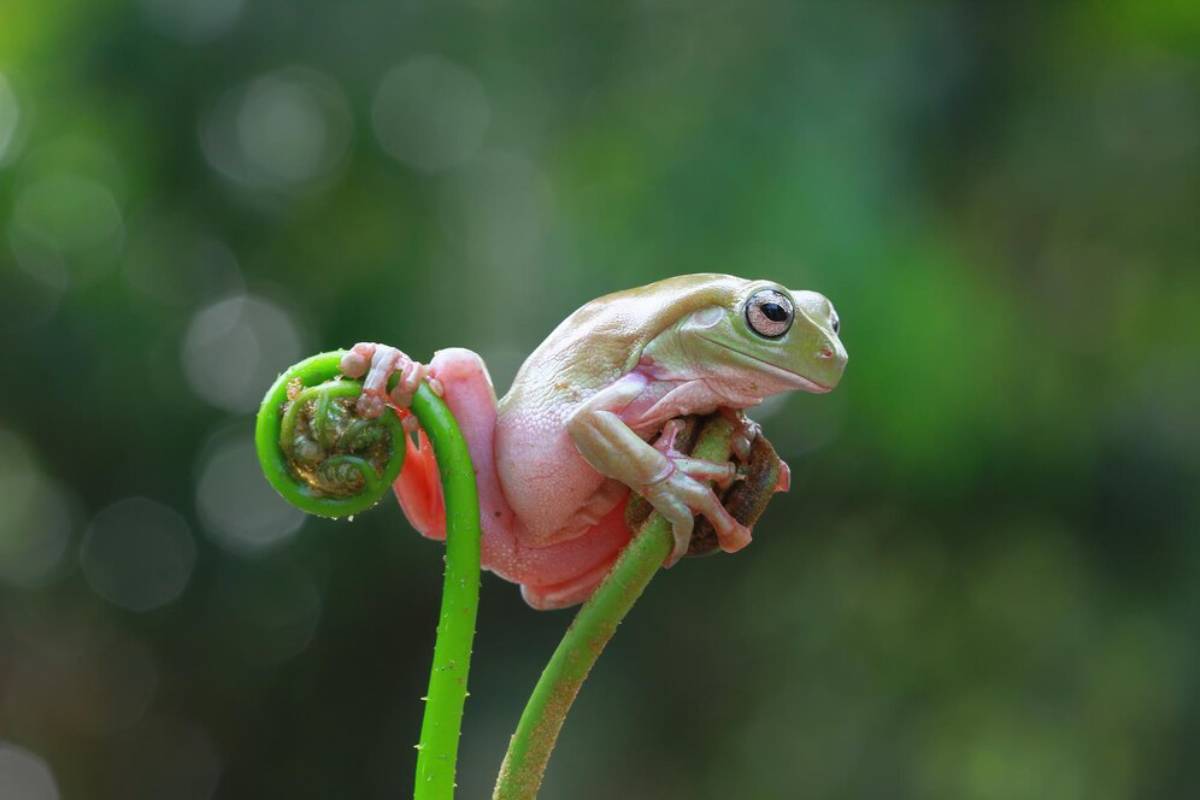
Feeding Schedules for Healthy Reptiles & Amphibians
Reptiles and amphibians are captivating pets, admired for their beauty, behaviours, and quiet nature. Yet behind their calm exteriors lie complex nutritional needs that require close attention. Unlike cats and dogs, reptiles and amphibians have highly specialised diets and feeding patterns—some eat daily, others only a few times a month. Knowing how, what, and when to feed them is key to maintaining their health and longevity.
Creating a consistent and appropriate pet feeding schedule tailored to your animal’s species, age, and lifestyle is essential. Missteps in diet can lead to issues like obesity, malnutrition, metabolic bone disease, or even organ failure. In this guide, we’ll explore species-specific guidance, general feeding principles, and how to adapt care for reptiles and amphibians at various life stages. Whether you’re new to reptile feeding or looking to refine your amphibian diet practices, this comprehensive article offers everything you need to know.
Why Feeding Schedules Matter

A proper feeding schedule does more than prevent hunger—it plays a vital role in supporting digestion, metabolism, and behavioural health. For ectothermic (cold-blooded) animals like reptiles and amphibians, feeding is closely tied to external temperatures and light cycles.
Benefits of a Feeding Schedule:
- Prevents underfeeding or overfeeding
- Encourages natural behaviours
- Reduces stress during feeding time
- Supports consistent digestion and nutrient absorption
- Helps monitor appetite changes that may indicate illness
Consistency, variety, and portion control are the pillars of successful nutrition.
Understanding Your Pet’s Natural Diet

The first step in designing a healthy feeding plan is understanding your pet’s diet in the wild. Reptiles and amphibians are typically grouped as:
- Insectivores: eat insects (e.g. leopard geckos, anoles, frogs)
- Carnivores: eat whole prey (e.g. snakes, monitor lizards)
- Herbivores: eat plants (e.g. green iguanas, tortoises)
- Omnivores: eat a mix of insects, plants, and occasionally meat (e.g. bearded dragons, box turtles)
Matching the domestic reptile feeding or amphibian diet as closely as possible to its natural model is the best way to ensure nutritional balance.
Feeding Guidelines by Group
1. Insectivores
These species require a steady supply of live insects such as crickets, dubia roaches, black soldier fly larvae, or mealworms.
Feeding Frequency:
- Juveniles: daily or every other day
- Adults: 3–4 times per week
Key Considerations:
- Gut-load feeder insects 24 hours before offering
- Dust with calcium and multivitamin supplements
- Avoid overfeeding fatty insects like waxworms
Examples:
- Leopard geckos
- Tree frogs
- Anoles
2. Carnivores
Carnivorous reptiles typically eat whole prey such as mice, chicks, or fish, depending on their size and species.
Feeding Frequency:
- Juveniles: once every 5–7 days
- Adults: every 1–2 weeks
Key Considerations:
- Use pre-killed prey to avoid injury to your pet
- Thaw frozen items completely before feeding
- Feed appropriate prey size (no larger than 1.5 times the pet’s head width)
Examples:
- Ball pythons
- King snakes
- Monitor lizards
3. Herbivores
These animals thrive on a mix of leafy greens, vegetables, and the occasional fruit.
Feeding Frequency:
- Daily for all life stages
Key Considerations:
- Provide a varied diet: dandelion greens, collards, mustard greens, squash, bell peppers
- Avoid spinach and iceberg lettuce (poor calcium or oxalate levels)
- Offer calcium supplements 2–3 times per week
Examples:
- Green iguanas
- Sulcata tortoises
- Uromastyx lizards
4. Omnivores
Omnivores require a mix of insects, greens, and sometimes fruit or protein sources like boiled egg or pinkie mice (species-dependent).
Feeding Frequency:
- Juveniles: daily
- Adults: 3–5 times per week, with insects offered less frequently
Key Considerations:
- Balance protein and plant intake based on age
- Offer insects 2–3 times per week; greens daily
- Monitor weight closely—omnivores are prone to obesity
Examples:
- Bearded dragons
- Box turtles
- Fire-bellied toads
Feeding Amphibians: Additional Tips
Amphibians such as frogs, toads, newts, and salamanders require slightly different management due to their sensitive skin and aquatic or semi-aquatic habitats.
Feeding Guidelines:
- Most are insectivorous or carnivorous
- Feed 2–4 times per week depending on species and age
- Use tweezers or tongs to offer food in clean water dishes
- Remove uneaten food quickly to avoid contamination
Supplementation is also crucial—calcium dusting helps prevent metabolic bone disease, which is common in amphibians kept without UVB lighting.
Feeding by Life Stage
Hatchlings and Juveniles
- Require more frequent feeding due to rapid growth
- Higher protein needs
- Feed small portions regularly (daily or every other day)
- Monitor weight and development closely
Adults
- Require maintenance feeding
- Risk of obesity if overfed
- Introduce more plant matter for omnivores
- Stick to a fixed pet feeding schedule to prevent overfeeding
Seniors
- May eat less due to slower metabolism
- Provide easier-to-digest foods if chewing ability declines
- Monitor hydration and nutrient intake
- Regular vet checks help adjust diet as needed
Supplements and Nutrient Support
Even the most balanced diet may need additional support. Dusting food with calcium and vitamins is essential for captive reptiles and amphibians.
Typical Supplement Schedule:
- Calcium with D3: 2–3 times per week for reptiles not exposed to UVB lighting
- Calcium without D3: Daily or every other day for UVB-lit enclosures
- Multivitamins: Once a week
Avoid over-supplementation, which can be harmful. Always consult a reptile vet for species-specific guidance.
Sample Weekly Feeding Schedules
Bearded Dragon (Adult)
Day Diet Monday Leafy greens + few insects Tuesday Mixed veg + fruit treat Wednesday Insects only (dust with calcium) Thursday Greens only Friday Insects + veg Saturday Greens + fruit treat Sunday Fast or greens only (optional)
Leopard Gecko (Adult)
Day Diet Monday Crickets (calcium dusted) Wednesday Mealworms (vitamin dusted) Friday Dubia roaches Sunday Rest or optional light snack
Red-Eyed Tree Frog
Day Diet Monday Small crickets Wednesday Rest Friday Fruit flies or waxworms Sunday Dust insects with calcium
Adjust based on age, behaviour, and species-specific needs.
Monitoring Health Through Feeding Habits
Changes in appetite are often early signs of illness or stress. Watch for:
- Sudden refusal of food
- Rapid weight loss or gain
- Changes in stool appearance
- Unusual feeding behaviour (aggression, sluggishness)
If feeding irregularities persist, consult a vet with experience in reptile feeding or amphibian diet care.
Feeding Do’s and Don’ts
Do:
- Research species-specific dietary needs
- Use clean feeding tools and dishes
- Offer a varied and balanced diet
- Keep track of feeding times and responses
- Supplement as needed
Don’t:
- Overfeed protein-rich foods
- Feed insects or prey larger than your pet can handle
- Use wild-caught insects (they may carry parasites)
- Leave uneaten food in enclosures (especially in humid environments)
Feeding for Lifelong Health

The health and happiness of your reptile or amphibian begins with thoughtful feeding practices. A consistent, species-appropriate pet feeding schedule, balanced nutrition, and mindful supplementation form the foundation of long-term wellbeing. Whether you’re managing the reptile feeding needs of a growing bearded dragon or fine-tuning the amphibian diet of a delicate frog, knowledge and observation are your greatest tools.
Take action today: Review your current feeding routine, research your pet’s natural diet, and create a plan that supports their growth, vitality, and longevity.


